By Matt O’Keefe
Jim Zub has been on a tear since Skullkickers debuted in 2010. In four years he’s gone on to establish himself as writer of properties such as Pathfinder, Samurai Jack, and Disney Kingdoms: Figment. Now he’s going back to his creator-owned roots with Wayward, a comic book series from Image with Steve Cummings about a group of teens taking on the supernatural in Tokyo, Japan. I spoke with Jim about the thrill of launching a new title, and the journey that led to Wayward.
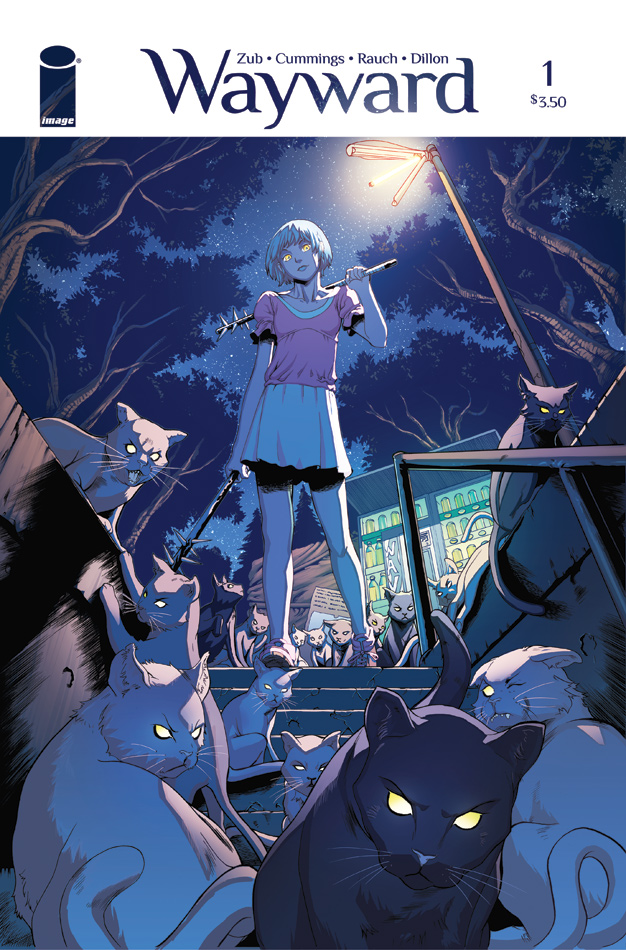
This is your first new creator-owned book since 2010. Is launching a new series more exciting, or terrifying?
I thought it would be easier but, the minute the press release went out and Wayward was fully announced, I realized I’d forgotten that stomach-wrenching fear of putting out a new creator-owned series. It’s wonderful, but there’s definitely a bit of fear wrapped up in it.
Establishing a new title and getting people to try it out, that can be a tough prospect. I’m doing everything I can to make sure readers and retailers can see that we’re hauling ass on this and doing everything we can to launch strongly.
Japanese mythology has been left largely unexplored in Western fiction. It must be exciting to introduce such a rich world to readers who are largely unfamiliar with it.
Absolutely. Japanese mythic lore is such fertile ground for exploration on so many levels and I’m incredibly stoked to be able to use that foundation and bring a modern spin to it. Readers won’t need any prior knowledge in order to dive in and enjoy the character story but, by the time they’re done reading, I hope they’re intrigued and want to read more.
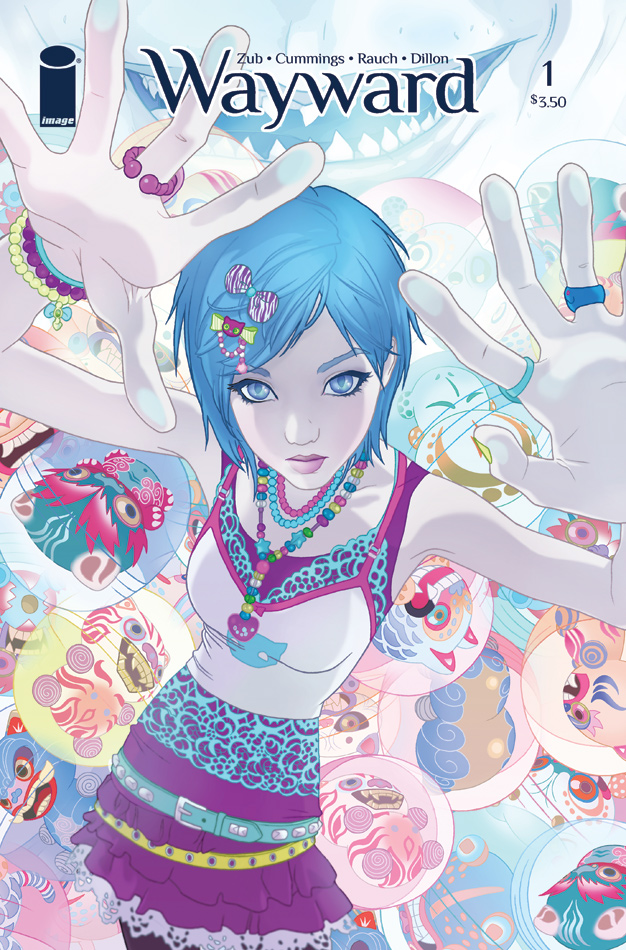
What kind of Japanese mythical elements will we see in Wayward? Ghosts? Demons? Gods?
Yes. Yes. No comment. :)
The sheer variety of yokai at our fingertips is kind of staggering. I feel like our first story arc is just scratching the surface and that’s a very cool feeling.
That being said, I don’t want people to get the wrong idea that it’s all monsters all the time. Yes, the creatures and spirits are important, but it’s a really a story about these teenagers in Tokyo and their struggles.
Is Wayward Rori’s story, or do you consider it more of an ensemble piece?
It’s an ensemble, but Rori is our touchstone character who brings readers into that world, so the first arc is heavily weighted around her experiences. As the story goes on it expands past her and takes on a larger scope.
How far have you laid out Wayward? Is there an overarching story you’re telling?
The first arc is obviously tightly written and I know where our second arc goes, though Steve and I are still brainstorming ideas that will be a part of it. I’m really hoping readers connect with our cast and we launch strong so we can have a long and healthy run where we can explore bigger ideas about myth, belief, and supernatural elements in the modern world.
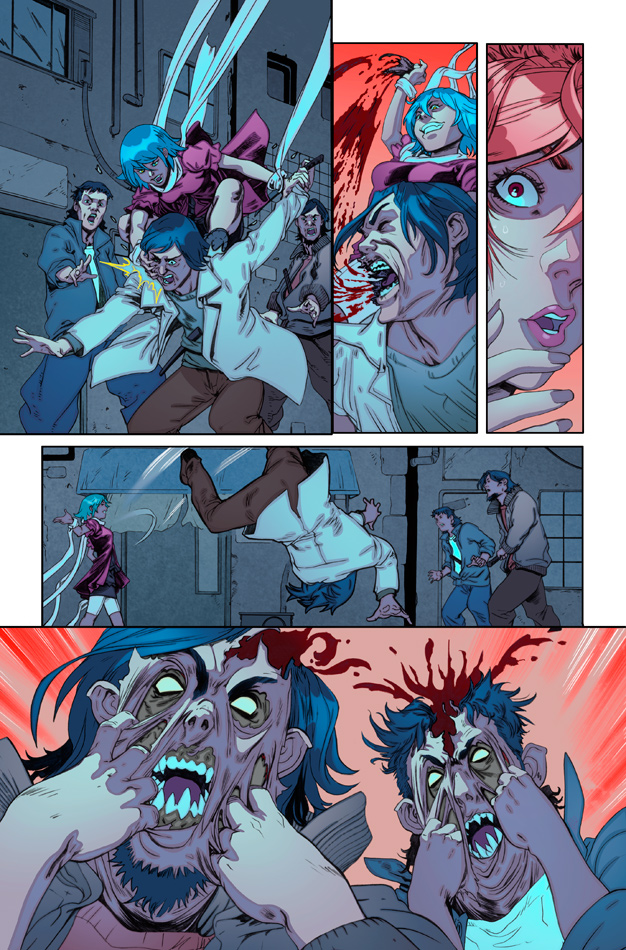
You and Steve Cummings created this series together. What were some of the benefits of knowing who was going to be drawing your story from the start?
Building a story with an artist and feeding off each other’s strengths right from the get-go is really empowering. There’s an enthusiasm and interplay that I don’t think you get when you’re writing a concept for no one in particular. Steve wanted to do an urban supernatural story set in Tokyo and I was eager to write something dark and engaging to meet that vision. The visual elements were right there from the start and in a visual medium like comics that’s ideal.
How has what you’ve learned about the comics industry since starting Skullkickers informed Wayward?
Well, right off the bat, I’m hoping 4 solid years of writing comics, more and more each year, has improved my storytelling abilities. I have a better sense of what’s possible on the page and how to communicate those ideas to an artist.
Beyond those aspects of the craft, I’ve promoted Skullkickers steadily at conventions, stores, online… slowly but surely broadening my network and hopefully proving to readers and retailers that the comics I create are worth supporting.
Over the past 4 years I’ve had other creator-owned projects I’ve developed but something always got gummed up – artist availability was the most common, but there were other projects that didn’t feel like the right book at the right time. I used to get freaked out that if I didn’t have a follow-up project out immediately I wouldn’t be able to “make it” in this business but now I’m more zen about it. I don’t want to have my name on something half-baked just because I can put it out. Wayward is Steve and I both putting our all into it.
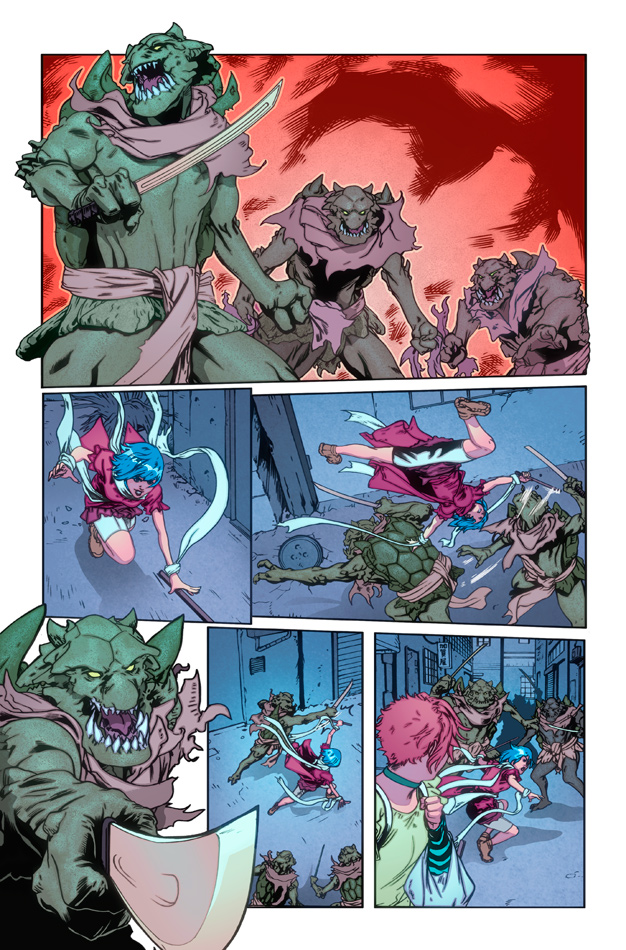
You’ve talked a lot about productivity in the past. Is it harder to work on a creator-owned series like Wayward than a licensed book that has firm deadlines like Samurai Jack?
It’s definitely harder at the start because you don’t have a baseline. World building is always tough. It’s creatively satisfying to have it all be “yours” but setting up that framework and making those decisions is a lot of work compared to gathering reference material and building on what’s already there.
Even still, once I get rolling on a creator-owned project there’s a tremendous amount of pride there. The freedom to make big decisions quickly and to feed new ideas as they come to me is really wonderful. I really do enjoy balancing both creator-owned and work-for-hire projects. They flex different creative muscles and make me a better storyteller.
What’s inspiring you, in or outside of comics?
Comic-wise I’m loving, in no particular order, Saga, Daredevil, Swamp Thing, Conan, Amazing Spider-Man, The Sixth Gun, Shutter, Invincible… lots more.
Outside comics I’ve been reading quite a bit of non-fiction. My cousin gave me a great book all about social systems and the way we make decisions called “Nudge” that I quite enjoyed. I’m midway through Nate Silver’s The Signal and the Noise about predictability and data sets and it’s also pretty fascinating stuff.
I don’t get many chances to play tabletop RPGs any more thanks to my intense work schedule, but I tried out a storytelling improv-centric game that plays out all in one session called “Fiasco” a few months ago and it was stellar. Within a few hours you and your friends build a crazy crime story from scratch and play it through to an unexpected, and almost certainly hilarious, end. Creative, fun, and really fulfilling.
Follow Jim on Twitter @JimZub and at his website full of awesome tutorials. Pre-order Wayward #1 at your local retailer with the form above.


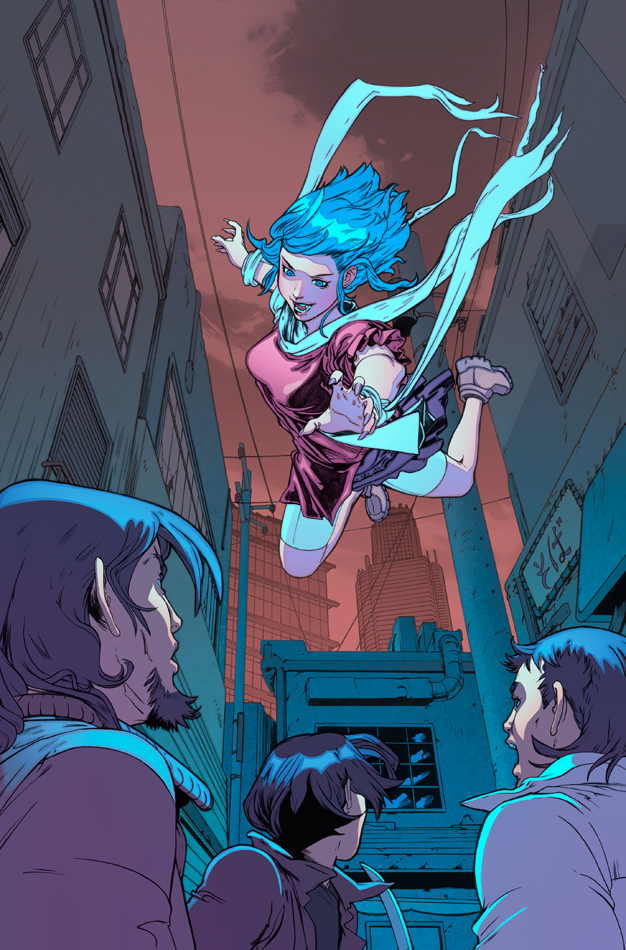
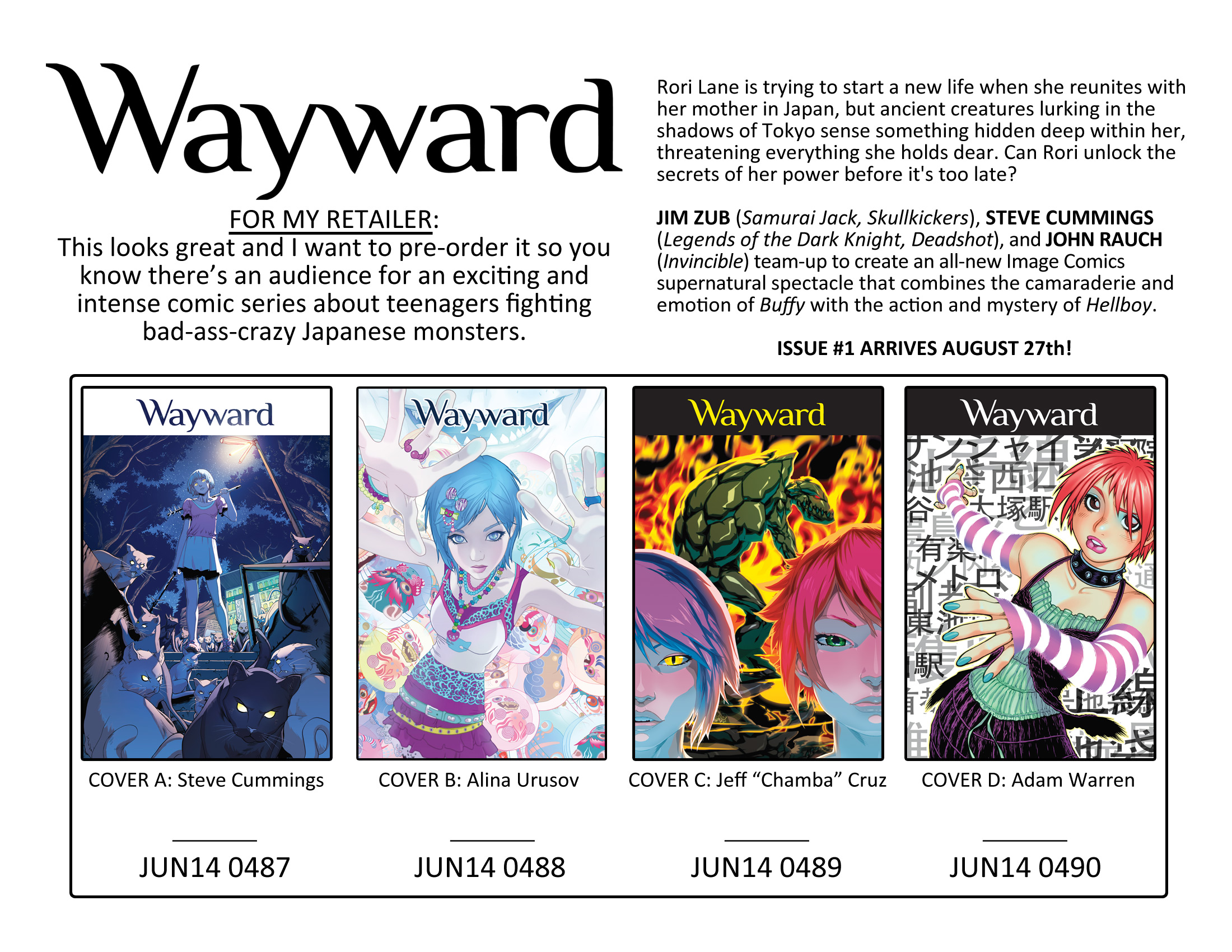


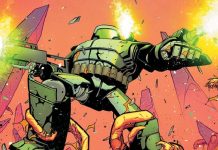
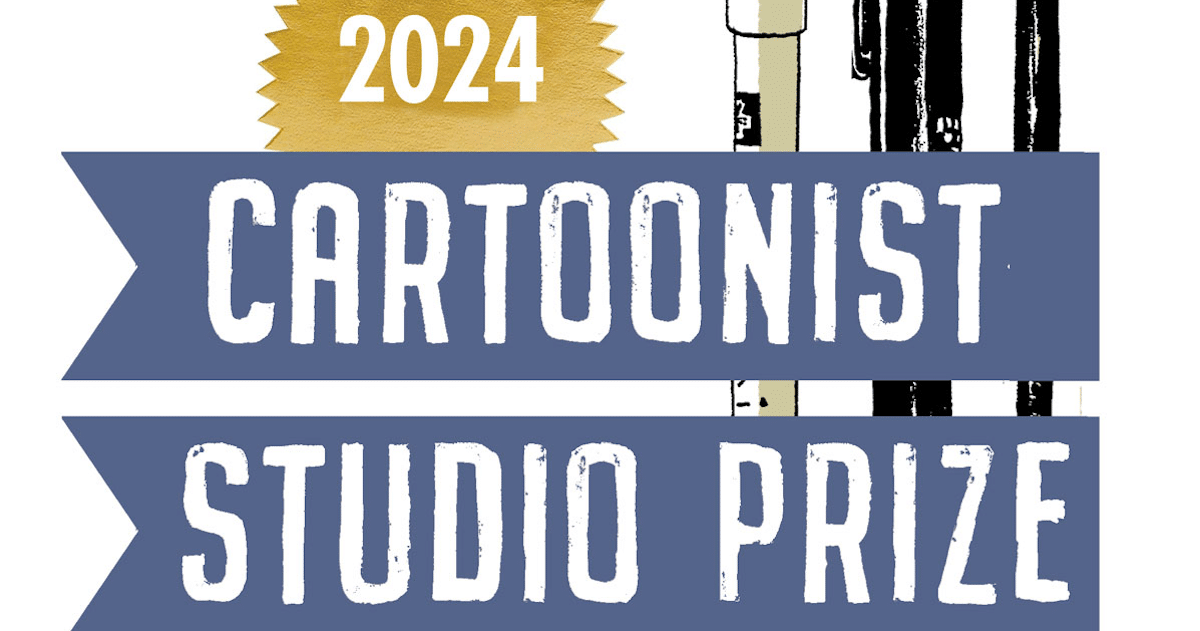


I am ready to read this book! I pre-ordered my copy! The art and story speak to me. :-)
Comments are closed.